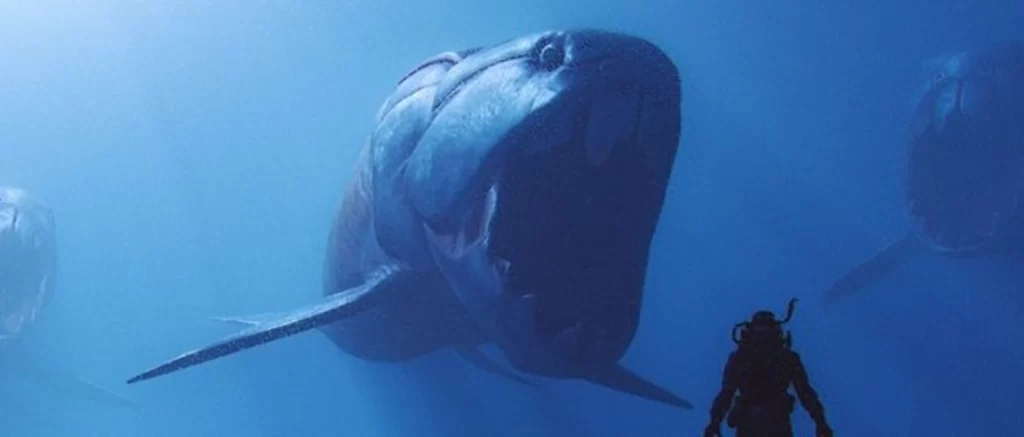The ancient megafish was a giant swimming mouth with a tiny body.


There is a problem for researchers trying to identify the size of ancient armored fish from the late Devonian period (approximately 382-358 million years ago): only the armored parts around their heads have been preserved in fossils.
In other words, we try to judge the size of species like the Dunkleosteus genus of large underwater creatures based on the size of their mouths and jaws. The rest of the body, made of cartilage, has not survived over the millennia.
A new analysis of data from previous studies suggests that the dimensions of these prehistoric fish cannot be judged on the basis of the size of modern sharks, which is one of the methods used to try to fill in the gaps in scientific knowledge .
“Length estimates of 5 to 10 meters have been quoted for Dunkleosteus for years,” said paleontology graduate student Russell Engelman of Case University of the Occidental Reservation in Ohio, USA. “But nobody seems to have checked these methods statistically or tested whether they produce reliable or reasonable results in arthrodirus .”
Looking again at data from four Dunkleosteus fossils and hundreds of living fish species, particularly in terms of the relationship between internal and external mouth measurements and overall size, Engelman found that previous estimates were probably far from reality.
If the prehistoric fish were as large as previously thought, it would have had an unusually elongated body compared to its head – with even larger proportions than modern eels, for example. Furthermore, the calculated size of the gills would likely be too small for the fish to breathe properly.
It’s more likely that the Dunkleosteus species actually had shorter bodies compared to their mouths, the new research suggests, with head-to-body size ratios that don’t match what we see in sharks today.

Previous estimates of Dunkleosteus’ length may have been inaccurate. (Credits: Russell Engelman)
“ Dunkleosteus has often been thought of as a great white shark, but as we learn more about this fish, it may be more accurate to describe it as a mix of shark, grouper, viperfish, tuna and piraiba,” said Engelman .
Looking at smaller ancient fish for which we have fossils, the biology of a fish the size of Dunkleosteus , and the differences we know between modern and prehistoric species, previous estimates in terms of overall length may need to be halved, Engelman concluded.
In a second analysis, putting his own newly devised method of estimating body size to the test, Engelman suggests that the largest Dunkleosteus grew to only about 4 meters in length.
Understanding the size of these underwater beasts is crucial to understanding what life was like millions of years ago; a fish’s size affects everything from its habitat to its evolution and the other fish it feeds on.
“Mouth size is probably the biggest factor in determining the largest prey a fish can eat,” said Engelman , who estimates that an adult Dunkleosteus could have bitten through 50 pounds of meat in a single chew.
“The results of this study suggest that arthrodirus were feeding on beings far above their weight class.”




